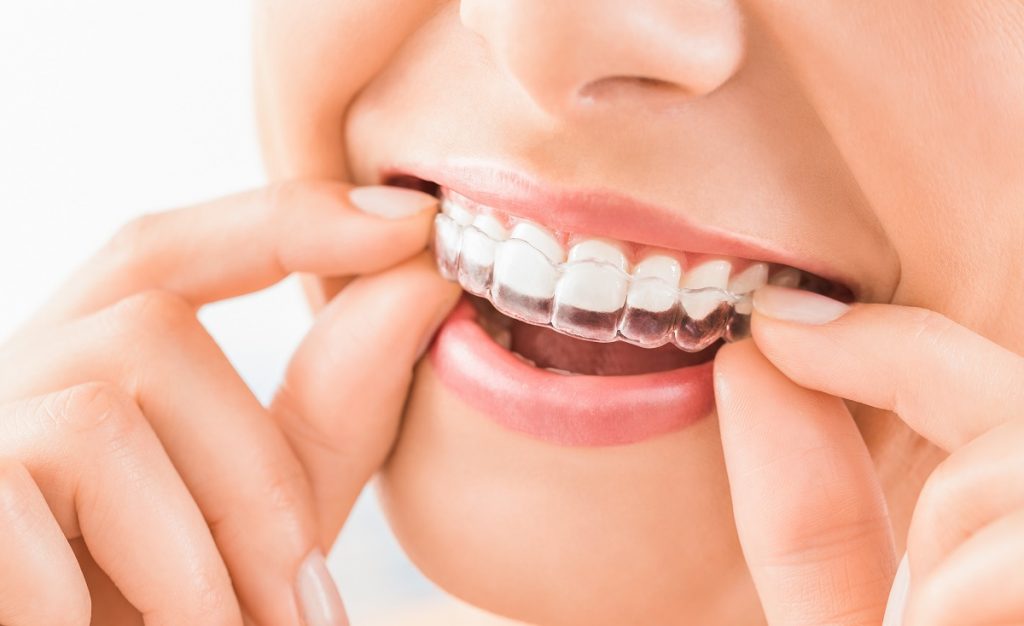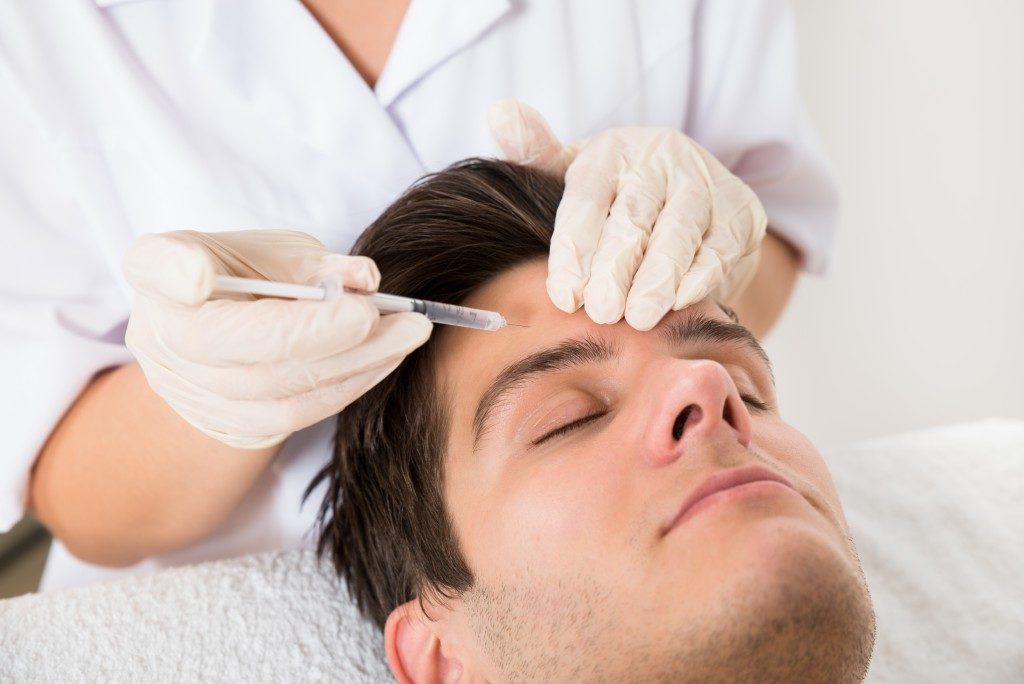Not only do people want to have straight teeth for cosmetic reasons, but dentists will also encourage individuals to embark on a teeth-straightening journey for their patient’s health and wellbeing as well.
Teeth that are aligned correctly in the mouth will be less susceptible to damage and decay, both from external factors such as the instances of injury during a fall, but also due to the fact that a build-up of bad bacteria and food debris is less likely when teeth are neatly positioned in correct alignment.
Unfortunately, teeth that are tightly cramped together or even crossing over present with the difficult challenge of being harder to clean, which means that plaque and tartar can take hold. This can lead to a range of serious and detrimental situations, such as gum disease, cavities and even eventual tooth loss.
Although frequent consultations with a dentist are always recommended, preventive action should be taken and this might be in the form of teeth straightening devices, such as Invisalign.
How does this treatment differ from traditional braces?

A lot of people know what traditional fixed braces are. These are the devices that are attached to teeth using brackets, with wires connecting these brackets together. A dentist tightens the wires every few weeks to gently pull teeth into their correct alignment over the course of the next few years.
Adults in particular tend to hold back from committing to this style of treatment because, not only is it quite visible, which can have a detrimental impact on their professional and social lives, especially should they be extremely self-conscious about their appearance during the procedure time, but also because there is a significant time commitment. They know they must frequently present themselves to a dental practice in order to continue their teeth-straightening journey.
Time-poor, working-age adults might not be able to do this, and therefore a more convenient option needs to be created which gives control back to the patient and allows them to enjoy straighter teeth without all the compromises that need to happen throughout the treatment time.
Invisible aligners are removable, meaning that patients do not need to be concerned with the types of food they eat. They simply need to brush and floss their teeth after eating and ensure they are wearing their device for about 22 hours each day in order to expect the discussed results they are hoping to achieve.
In addition to this, patients simply need to change their aligners every few weeks to the next size, eliminating the need for frequent dental appointments. Only when it is convenient to the patient they can pop in for a consultation, so that their dentist is able to monitor their progress in person.
With the development of online applications, this can also be done from a distance should this suit everyone, with aligners delivered to the door in some cases if this is necessary.
By finding a teeth-straightening solution that best suits the needs of each individual, dentists are able to reach more people who are needing to straighten their smile for improved health and wellbeing.









